“Ivermectin Melt-in-Mouth 10 mg Tablets for Dogs: Indications, Dosage, and Safety Guide”
Internal and external parasites remain one of the most significant health threats to domestic dogs. These parasites not only cause discomfort but also act as vectors for various zoonotic and life-threatening diseases. Ivermectin Melt-in-Mouth (MIM) 10 mg Tablets offer a convenient, potent, and owner-compliant method for managing these infestations.
Ivermectin, a macrocyclic lactone, is a well-known antiparasitic agent used globally in both human and veterinary medicine. The melt-in-mouth (MIM) formulation enhances ease of administration, especially in dogs that are uncooperative with traditional tablets or capsules.
What is Ivermectin?
Ivermectin is a broad-spectrum antiparasitic derived from avermectins, which are produced by the bacterium Streptomyces avermitilis. It is used to eliminate internal parasites (such as roundworms) and external parasites (like mites and lice).
Key Indications
1. Heartworm Disease Prevention (Dirofilariasis)
Ivermectin is highly effective against the larval stage (L3 and L4) of Dirofilaria immitis, the causative agent of canine heartworm disease. A monthly dose prevents larvae from maturing into adult heartworms.
- Use: Preventive; not effective against adult heartworms.
- Target Stage: Microfilariae and L3/L4 larvae
2. Treatment of Intestinal Nematodes
Ivermectin can eliminate common gastrointestinal worms, including:
- Toxocara canis (roundworm)
- Ancylostoma caninum (hookworm)
While not always the first choice for GI worms, ivermectin plays a role in multi-parasitic infections or in combination therapies.
3. Mange Treatment
Ivermectin is indicated for the treatment of both:
- Sarcoptic mange (Sarcoptes scabiei)
- Demodectic mange (Demodex canis)
The drug targets the mites in their active stages, reducing itching, inflammation, and skin damage.
4. Ear Mites (Otodectes cynotis)
Ivermectin shows efficacy against ear mites, often used off-label or as part of combined treatments.
5. Lice and Other Ectoparasites
In some cases, ivermectin can be used against:
- Trichodectes canis (biting lice)
- Linognathus setosus (sucking lice)
6. Off-Label and Research-Based Uses
Some veterinarians prescribe ivermectin for:
- Capillaria species
- Strongyloides infections
- Microfilaricidal therapy
Note: Off-label uses must be based on vet judgment, breed-specific safety, and updated pharmacokinetics.
Dosage Guidelines and Administration of Ivermectin Melt-in-Mouth 10 mg Tablets for Dogs
Proper dosing and administration are critical when using Ivermectin Melt-in-Mouth 10 mg Tablets. While this formulation offers the benefit of easy, palatable dosing, it must still be administered correctly and safely to ensure maximum efficacy and avoid potential side effects.
This section explains how to calculate doses, provides a complete weight-based dosage chart, and outlines practical administration tips for pet parents and veterinary staff.
General Dosage Principles
- Route of Administration: Oral (melt-in-mouth; do not swallow whole)
- Formulation: 10 mg Ivermectin per tablet
- Absorption: Buccal mucosal absorption begins immediately upon contact
- Can be given with or without food: Does not affect efficacy
Always consult a veterinarian before starting treatment, especially in young, old, or MDR1-sensitive breeds.
Ivermectin Dosage by Indication
| Condition | Dose (mg/kg) | Frequency | Duration |
| Heartworm Prevention | 6 mcg/kg (0.006 mg/kg) | Once monthly | Year-round or during mosquito season |
| Intestinal Nematodes | 0.2 mg/kg | Single dose or repeated | As needed |
| Demodectic Mange (Demodex) | 0.3–0.6 mg/kg | Daily to weekly | Weeks to months (long-term) |
| Ear Mites | 0.2 mg/kg | One dose | May repeat in 7–14 days |
| Off-label Microfilaricidal Use | 0.05–0.1 mg/kg | Every 2–4 weeks | Supervised only |
Dog Weight-Based Dosage Chart for 10 mg Melt-in-Mouth Tablets
| Dog Weight (kg) | Target Dose (mg) | Tablet Fraction | Administration Notes |
| 2 – 4 kg | 0.4 – 0.8 mg | ¼ tablet (2.5 mg) | May need to crush and mix with treat if needed |
| 5 – 10 kg | 1.0 – 2.0 mg | ¼ to ½ tablet | Melt-in-mouth; monitor swallowing |
| 10 – 20 kg | 2.0 – 4.0 mg | ½ tablet | Ensure complete tablet dissolves |
| 20 – 40 kg | 4.0 – 8.0 mg | 1 tablet | Observe for hypersalivation |
| 40 – 50 kg | 8.0 – 10.0 mg | 1 tablet | Suitable full dose |
| >50 kg | >10 mg | 1½ tablets or adjusted | Split appropriately; dose in two parts if needed |
Tablet Splitting Tip:
Use a pill cutter for clean division. For dogs under 10 kg, quartering the tablet is recommended. Because these tablets are melt-in-mouth, use dry hands and administer immediately after breaking.
How to Administer Ivermectin Melt-in-Mouth 10 mg Tablets
Step-by-Step Instructions:
- Prepare the Tablet:
- Remove the correct dose from the blister pack.
- If needed, split the tablet carefully.
- Place Tablet on Dog’s Tongue:
- Avoid placing it too far back (may induce gagging) or too far forward (dog may spit it out).
- Allow to Dissolve:
- The tablet will dissolve in 5–30 seconds depending on saliva and environment.
- Do not force swallow or follow with water — the melt-in-mouth mechanism handles it.
- Observe:
- Ensure the dog does not spit out the tablet or attempt to chew and drop it.
- Provide positive reinforcement (treat, praise) to encourage future compliance.
What If a Dose is Missed?
- For Heartworm Prevention:
- If less than 15 days late, give the missed dose immediately and resume regular schedule.
- If more than 30 days late, consult your veterinarian — a heartworm test may be necessary before restarting.
Important Administration Warnings
- Do not crush and mix in food unless advised — melt-in-mouth design works best on the tongue.
- Avoid use in unconscious, vomiting, or severely ill dogs — risk of aspiration.
Advantages of Melt-in-Mouth Formulation
Improved Compliance
No need to force-feed or hide in treats; dogs are more likely to accept voluntarily.
Accurate Dosing
MIM tablets allow for precise dose adjustments, including quartering tablets.
Lower Stress
Particularly beneficial for anxious or elderly dogs that resist pill administration.
Safety and Contraindications of Ivermectin Melt-in-Mouth 10 mg Tablets for Dogs
While Ivermectin Melt-in-Mouth 10 mg Tablets are generally safe and widely used in veterinary medicine, certain precautions, contraindications, and breed-specific sensitivities must be strictly observed to ensure optimal safety for your dog.
General Safety Guidelines
- Veterinary Supervision is Essential
Always administer ivermectin under the supervision or recommendation of a licensed veterinarian. This ensures proper dosing, frequency, and risk evaluation, especially for dogs with underlying conditions or on other medications. - Weight and Age Limitations
- Avoid in dogs weighing less than 0.6 kg, as safety data is lacking and risk of overdose is significantly higher.
- Heartworm Testing Before Use
Dogs older than 6 months who have never been on heartworm prevention should undergo a heartworm antigen test before starting ivermectin. - Correct Dosing is Crucial
Even a slight overdose can lead to neurological toxicity, particularly in genetically sensitive dogs.
Breed-Specific Sensitivity (MDR1 Mutation Risk)
Some breeds carry a mutation in the MDR1 (ABCB1) gene, which impairs the blood-brain barrier and allows ivermectin to penetrate the central nervous system, leading to severe neurotoxicity.
Breeds commonly affected by the MDR1 gene mutation include:
- Collies
- Border Collies
- Australian Shepherds
- Old English Sheepdogs
- Shetland Sheepdogs (Shelties)
- English Shepherds
- Long-haired Whippets
- McNab Shepherds
- Silken Windhounds
Recommendation: Genetic testing is available and should be performed before administering ivermectin to these breeds. Dogs with the MDR1 mutation should not be given ivermectin unless specifically advised and monitored by a veterinarian.
Signs of Ivermectin Toxicity in Dogs
Toxicity usually results from overdosing or genetic susceptibility. Symptoms can appear within a few hours to a few days after ingestion.
Early symptoms:
- Vomiting
- Drooling (hypersalivation)
- Lethargy
- Disorientation
Moderate to Severe symptoms:
- Dilated pupils (mydriasis)
- Tremors
- Muscle twitching
- Difficulty standing (ataxia)
- Blindness
- Seizures
- Coma
- Death (in severe untreated cases)
If any of these signs occur after administration, contact a veterinarian immediately. Early intervention can be life-saving.
Drug Interactions to Avoid
Ivermectin is a substrate of P-glycoprotein, an important efflux pump that protects the brain from drug accumulation. Concomitant use of other P-glycoprotein inhibitors may increase ivermectin’s CNS concentration, elevating the risk of toxicity.
Common drug interactions:
| Drug Name | Effect |
| Ketoconazole | Inhibits metabolism and increases exposure |
| Spironolactone | May reduce clearance |
| Cyclosporine | Increases neurotoxicity risk |
| Macrolide antibiotics (e.g., erythromycin) | Competes for P-glycoprotein pathways |
Always provide your vet with a full list of medications and supplements your dog is taking before starting ivermectin.
Absolute Contraindications
Ivermectin Melt-in-Mouth 10 mg Tablets are not recommended in the following scenarios:
- Dogs with a confirmed MDR1 gene mutation
- Dogs under 6 weeks old
- Dogs weighing less than 0.6 kg
- Dogs with active neurological conditions (e.g., epilepsy, vestibular disorders), unless under strict veterinary guidance
- Dogs with untreated heartworm infection and high circulating microfilariae
Use with Caution In:
- Pregnant or lactating dogs: Although some studies suggest relative safety, no definitive data supports routine use. Consult your veterinarian to weigh risks vs. benefits.
- Geriatric dogs: Slower metabolism and potential for polypharmacy (multiple drugs) increase the risk of adverse reactions.
- Dogs on other antiparasitic or immunosuppressive drugs
Laboratory Monitoring
In cases where ivermectin is used long-term or for mange treatment:
- Liver enzymes (ALT, AST)
- Renal function (BUN, creatinine)
- Electrolytes
Should be checked periodically to ensure safe metabolism and excretion.
Safe Administration Tips
- Administer only the prescribed amount based on your dog’s weight.
- Do not use extra doses to compensate for missed doses without veterinary consultation.
- Monitor your dog for 24–48 hours post-dosing during first use or after dose increases.
Clinical Insights and Research
Studies have shown:
- Oral ivermectin has >95% efficacy against Sarcoptes scabiei.
- Monthly low-dose ivermectin is nearly 100% protective against heartworm in endemic areas.
- Melt-in-mouth formulations improve owner compliance by 40–50%, based on owner surveys.
Conclusion
From heartworm prevention to mange treatment, this formulation addresses a wide spectrum of parasitic conditions while improving the experience for both pet and owner.However, responsible use is essential. Given its narrow safety margin in some breeds and potential for interactions, always consult a licensed veterinarian before use.







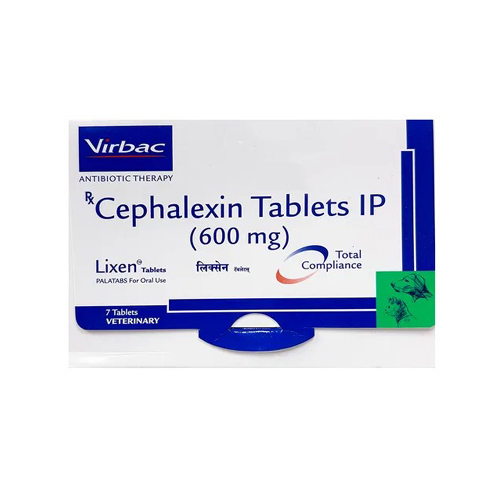
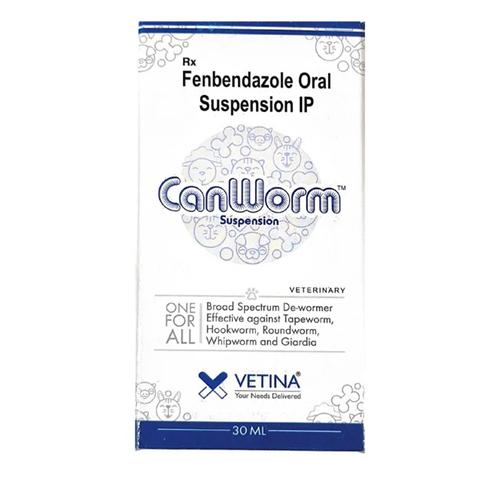




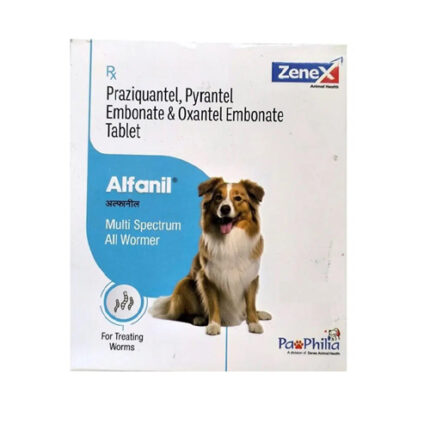
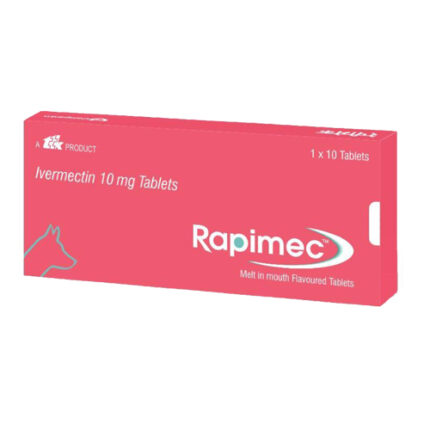
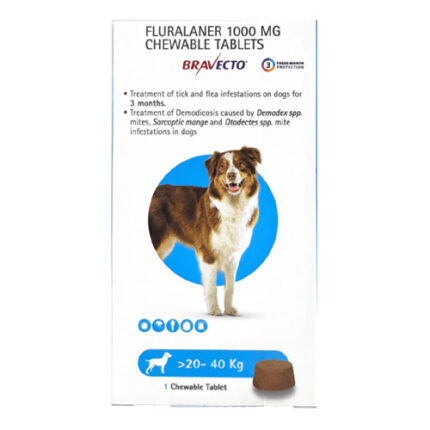
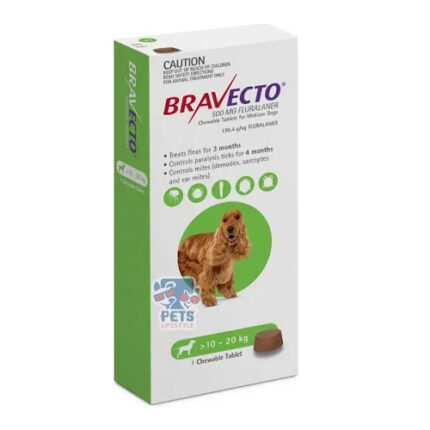

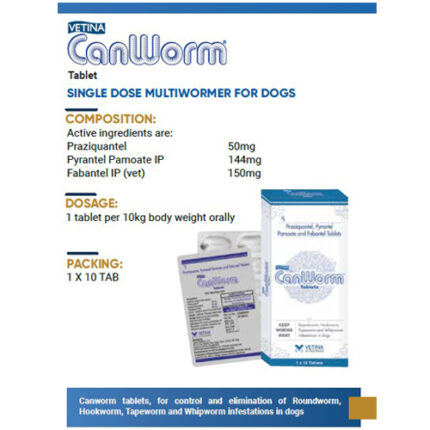
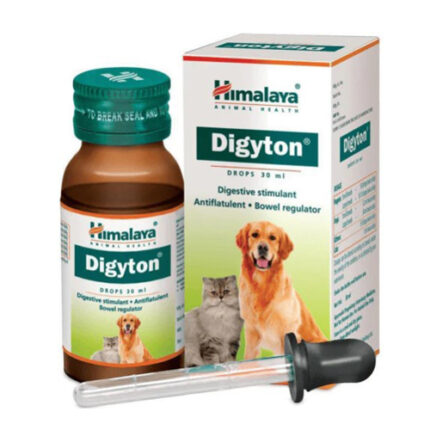
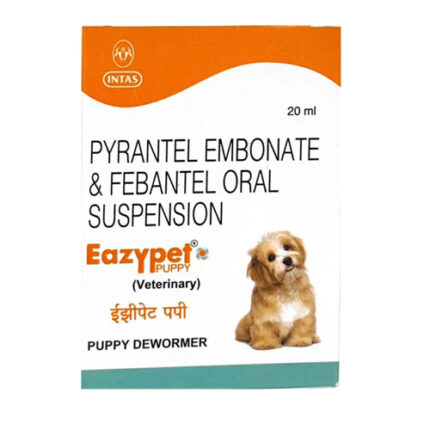
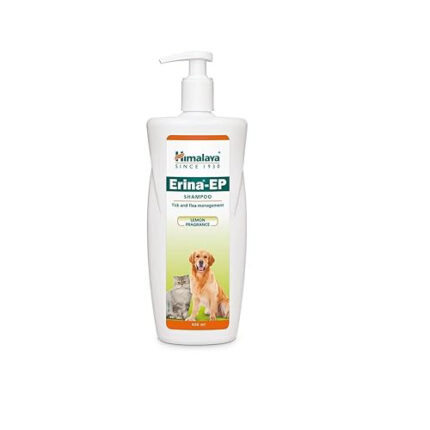
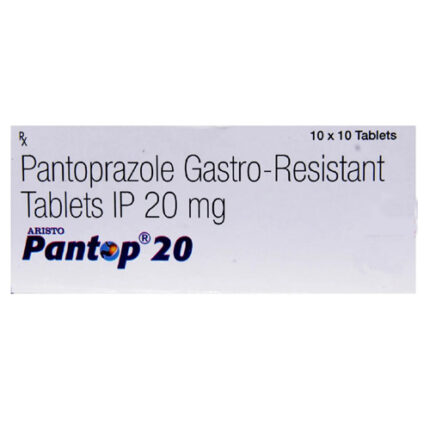
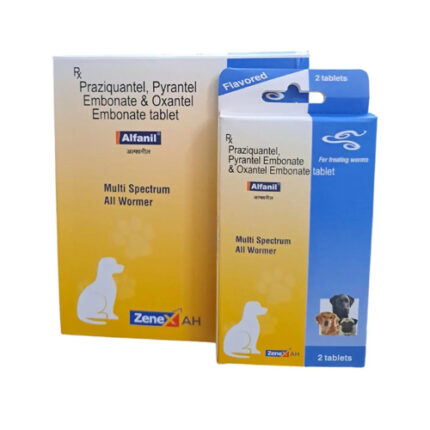
Reviews
There are no reviews yet.